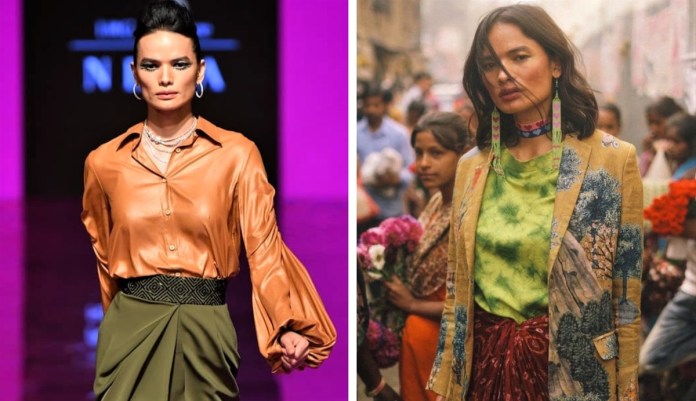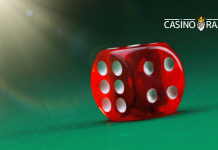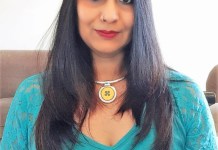Anjali Lama. We’re sure the name rings a bell. Yes, she’s the one who created a storm in the modelling world when in 2017 she walked the ramp at Lakme Fashion Week as the first-ever transgender model in the country. But what many don’t know about is the struggle which she went through decades before that. Born in Nepal as a boy, Anjali has lived a life less ordinary and full of struggles. And on the occasion of this International Women’s Day, we got an opportunity to speak to her about how her life is as a transgender woman and model, how did she overcome her struggles, what being a woman means to her and more. People, we assure you this is a must-read!
Hi Anjali. Hailing from a small town in Nepal, how was life like growing up? When did you realize that you are a woman and not the boy you were born as?

I grew up in a village far from the city. My father was a farmer and with seven children to feed, he had hard times while we were growing up. Since my childhood, people taunted me for spending time with the womenfolk and behaving like a girl.
I was bullied for this which was depressing but I never gave up studying. We had to walk 2 hours in the morning and 2 hours in the evening for school, but I carried on because education seemed like the only way out. I came to the capital, after I completed 10th grade, to join college and earn for my education.
Since my childhood, I had realized that I have been trapped in the wrong body. It was in 2005 when I visited one of the community centres in the capital where I went through counselling and came to know about the term transgender and people like me.
And how was it coming out to your family & friends?
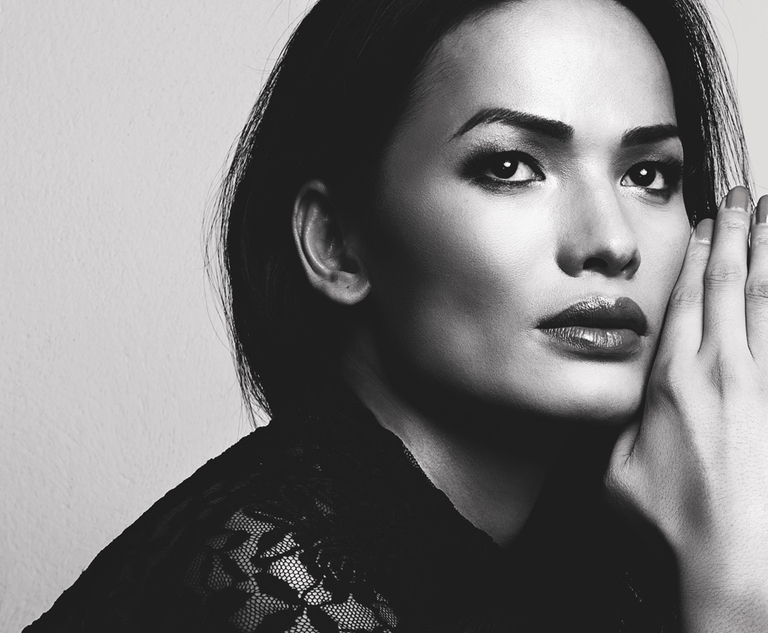
Although I knew about myself since my childhood, the only question I had to myself was: ‘Do I have some disorder or problem?’ When I came to know about being transgender and met other transgenders in 2005, there was no looking back.
My family found out from someone else in my village and they asked me about everything, that’s when I admitted it. There was a minute of silence from them and they told me everything between us was finished — I was disowned. At that time, my mother said to me, ‘I know you from when you were a child, and I don’t know whether I am doing the right thing or wrong, but I advise you to stay on the right track and be true.’ Those words gave me motivation and support.
Surviving in Delhi must have been tough. So how did modelling happen, despite having no support from your family?
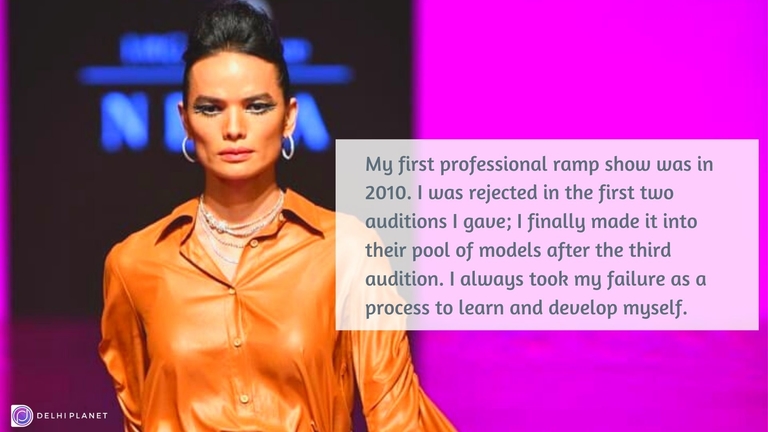
I never came to the capital to be a model. My first break came in 2009 when a magazine called Voice of Women put me on their cover. I thought I would get more chances and opportunities after this, but days went by and nothing happened. Then I joined a modelling agency and enhanced myself and my skills. My first professional ramp show was in 2010.

Image Source: Instagram/anjalilama_official
Image Source: Instagram/anjalilama_official
I was rejected in the first two auditions I gave. I finally made it into their pool of models after the third audition. I always took my failure as a process to learn and develop myself. I have walked for the top designers of India such as Tarun Tahiliani, Rohit Bal, Falguni Shane Peacock, Manish Malhotra, Monica Jaising, Sabyasachi, Abu Jani Sandeep Khosla, Rajesh Pratap Singh, and Gaurav Gupta, to name a few. I’m now working with Feat. Artists in Mumbai.
It’s is amazing to know about your journey, Anjali. And it’s great to see how you are utilizing this opportunity to work for LGBTQI rights. Please tell us about that.
I started LGBTQI advocacy and awareness work in 2006, with an organization from Kathmandu, and have raised community issues in different forms and places. Though I am not affiliated with any organization, for the time being, I continue to advocate for transgender and LGBTQ rights through my social media platforms.
This Women’s Day theme is #EachforEqual, wherein the women are aiming towards building a gender-equal world. What are your thoughts on the theme, especially in context with transgender women?
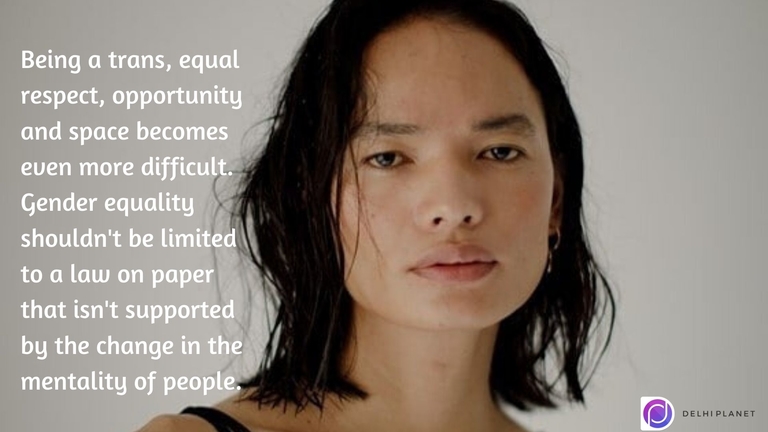
EachforEqual sounds like another stepping stone in the battle to achieve equality. I’ve understood the trials and tribulations of being in a society that treats women as the second gender. Being a trans, equal respect, opportunity and space becomes even more difficult. Gender equality shouldn’t be limited to a law on paper that isn’t supported by the change in the mentality of people. What I’m trying to do is not just be authentic but contribute to normalizing and representation that could encourage people to look at women as equal beings.
Since 8th March is celebrated as Women’s Day, what would you say being a woman means to you?
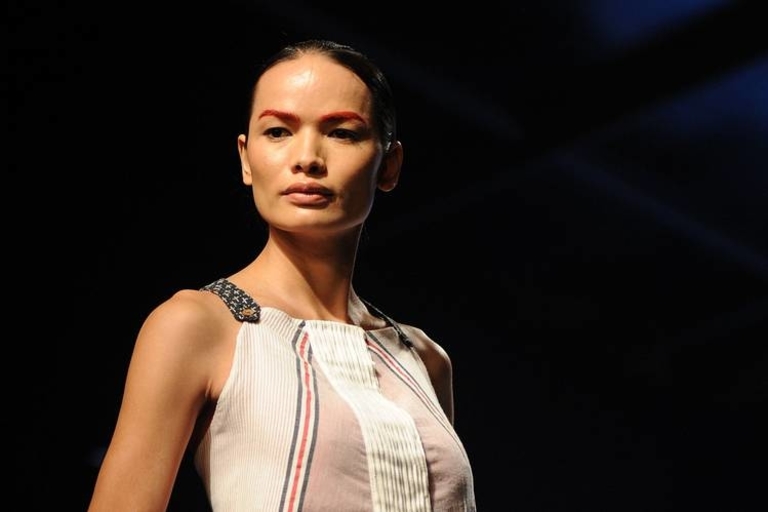
To me being a woman has its nuances but at the basic level, every woman, by birth or not, wants to be treated and looked at as a whole being that’s enough in themselves. I’d like to say it’s a long and hard battle, don’t make it even more difficult by fighting yourself. Listen to your true voice and in the process be kind to those who support you and even to those who don’t.
Featured Image Source: Instagram/anjalilama_official

